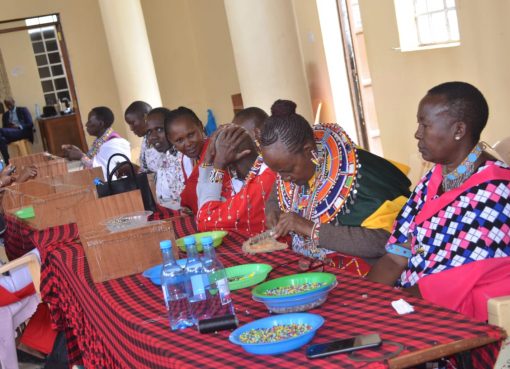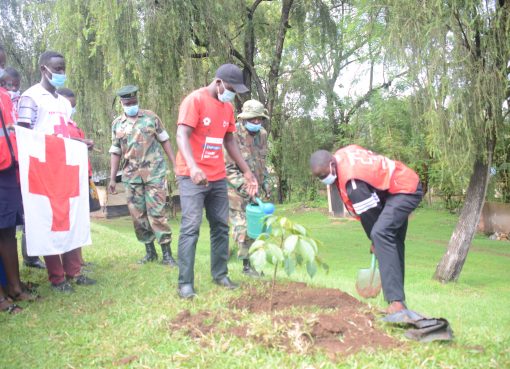With more than 40 percent of Lamu’s mangrove forests degraded, community conservancy groups in Faza have begun reforestation efforts that would restore 10, 000 hectares of mangrove forest cover this year alone.
The initiative led by the Kenya Forestry Services, Kenya Marine and Fisheries Institute, the Nature Conservancy as well as Northern Rangeland Trust will restore Lamu County’s mangrove forest cover which holds the bulk of the country’s mangrove forest cover.
Of note, conservancy groups, especially within Pate and Faza have taken the lead to reforest mangroves due to the economic significance that the trees have for Lamu, since they hold good fishing grounds for crabs and fish as well provide timber for building and exports.
Speaking to KNA in Faza Island ahead of the World Environment Day commemoration day to be held on Saturday in Lamu, The Nature Conservancy Project Strategy Leader, George Maina revealed that his organization in conjunction with the KFS and KMFRI are working closely to reforest Lamu’s mangrove cover.
“We are aware that there have been ongoing conservation efforts in the past which have been largely unsuccessful because of the communities may not have known which mangroves to plant and where to plant them,” he added.
Maina noted that there are seven species of mangroves which they were now educating the community conservancy groups on where to plant them in a bid to ensure that there are minimal losses of mangroves that fail to grow.
Research has shown that Mangroves are notoriously difficult to grow in their habitat due to likelihood of being swept by high tides as well as not coping to a non-indigenous environment.
“We noted that for every 1,000 mangroves planted, more than seventy percent die because the various species thrive differently in different waters,” Maina stated, adding that together with the KFS and KMFRI, they had undertaken to educate the conservancy groups on which species to plant and where to plant them.
“We need to ensure that we are not just reforesting for the sake of growing mangroves, but that the aim is to ensure the mangroves that are grown thrive,” James Omwenga, a KFS official in charge of Mangroves conservancy in Lamu added.
He said that presently such activities which the community conservancy groups are undertaking are aligned with Kenya’s National Mangrove Ecosystem Management Plan of 2017-27
Omwenga said the restoration protocol prepared for the Western Indian Ocean region by regional experts will be used to provide step-by-step guidelines to successfully plan and implement the entire restoration programme.
“Our objective is to have done at least 50 hectares of mangroves to replace the ones that have been degraded across Lamu,” he said.
The KFS official said that at least 22 mangrove cutting licenses have been issued since the national government lifted the ban on mangrove cutting, and said that conservancy of mangroves can only thrive under multi-agency efforts.
“It is key for the communities to be aligned with conservation issues because they are the ones who directly benefit from the blue economy opportunities provided by mangroves and they will also suffer if the process is not done right,” Omwenga observed.
Mangroves are an integral part of the ecosystem and blue economy for the coastal communities as they provide habitats and ample breeding ground for fish.
By Amenya Ochieng



